The Research Frontiers talks are aimed primarily at first year students but students from other years are encouraged to come along as well. They generally take place on Wednesdays at 12 pm but sometimes are scheduled for other days/times. They are always followed by a social gathering with drinks and nibbles.
The world leading research going on at Imperial College is one of the key factors in students choosing to study here. The Research Frontiers lectures are an opportunity for you to find out something about the research going on here at the Blackett Laboratory. The department has nine research groups covering all the main areas of modern physics. Each research group takes responsibility for one Research Frontiers talk. They nominate an exciting speaker and encourage their staff and PhD students to attend the lecture and to mingle with students at the social gathering after it. This is a golden opportunity for students to meet staff and find out what real research is like. If you are interested in looking for a UROP placement within the department this might be one of the best ways of making contacts with members of staff.
Research Frontiers Lectures
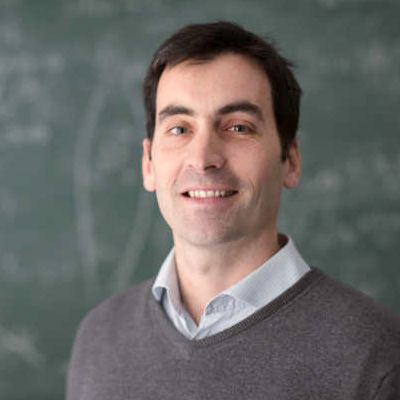 Talk Title: Photographing the Big Bang
Talk Title: Photographing the Big Bang
Date: 2 October 2024 at 12:00 (this talk will be open to first year students only)
Location: Blackett Lecture Theatre 1
Speaker: Prof Carlo Contaldi
Abstract: In this lecture, I will explain how cosmologists explore the early universe using light and, now, gravitational waves. I will show how we connect fundamental physics to these observations and how discoveries over the past few decades have transformed our understanding of the universe's workings.
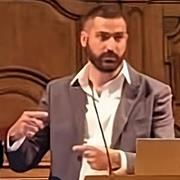 Talk Title: Searches for time-reveral violation with atoms and molecules
Talk Title: Searches for time-reveral violation with atoms and molecules
Date: 23 October 2024 at 12:00
Location: Blackett Lecture Theatre 1
Speaker: Dr Michail Athanasakis-Kaklamanakis
Abstract: To the best of our knowledge, the fundamental forces are symmetric under time reversal (T); that is, the reversal of direction in all momenta. Violation of T symmetry is needed to explain the observation that the Universe is made of matter and not antimatter. Signatures of T violation manifest in the laboratory in the form of permanent electric dipole moments (EDMs) of quantum systems, such as the electron, the proton, the neutron, and even atomic nuclei.
In this lecture, I will introduce the motivation for T violation research, followed by an overview of the history of EDM measurements. Afterwards, I will focus on the state-of-the-art landscape of the techniques used to search for EDMs and T violation using atoms and molecules, including experiments taking place at the Centre for Cold Matter within the Department.
Biography: Michail Athanasakis-Kaklamanakis received his PhD in Nuclear Physics from KU Leuven, Belgium, working on laser spectroscopy of short-lived radioactive atoms and molecules at ISOLDE, CERN's radioactive ion beam facility. As a postdoctoral research associate within the Centre for Cold Matter at Imperial, Michail works on developing an experiment to measure the shape of the electron with the highest precision to date using trapped ultracold YbF molecules.
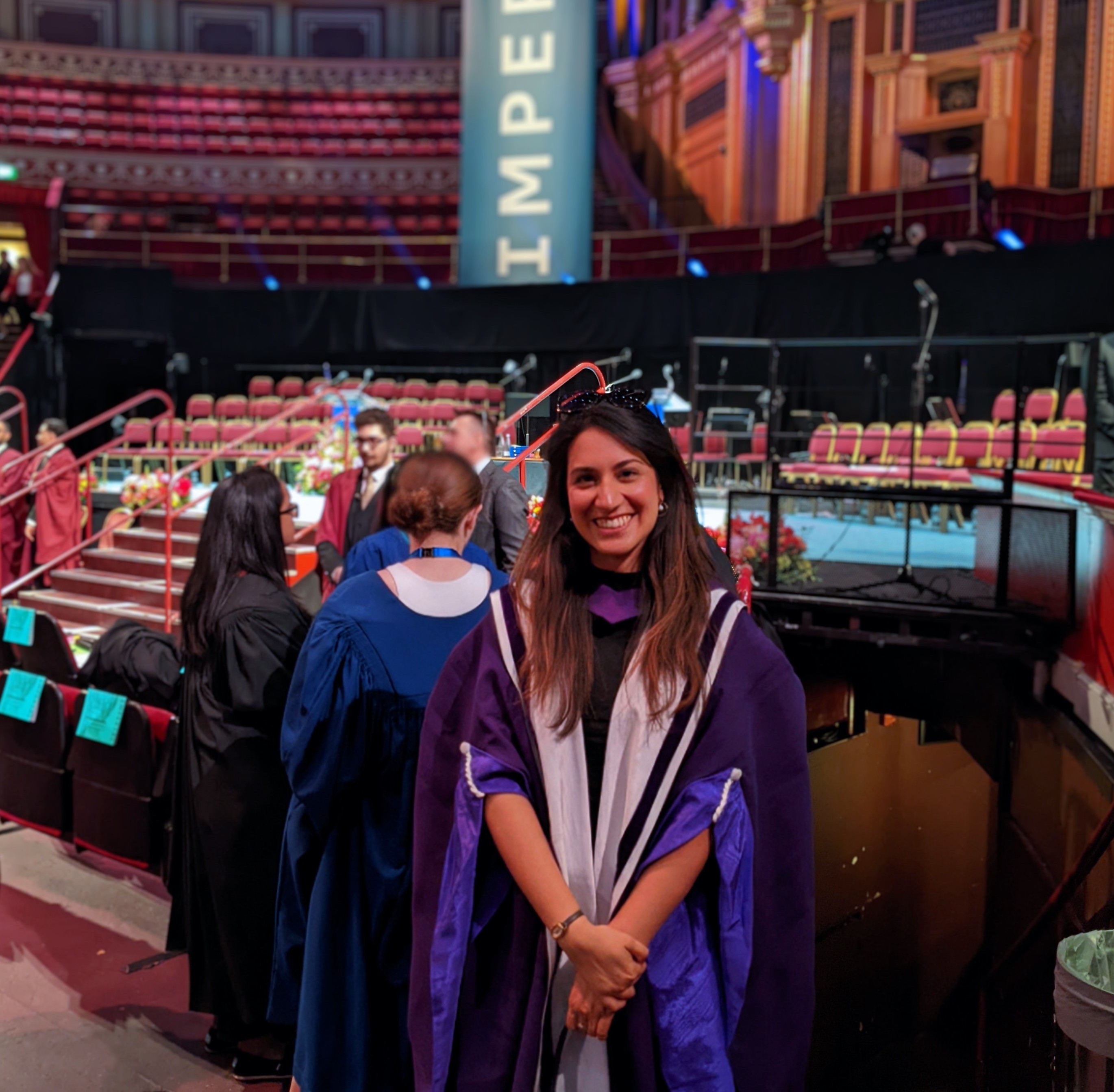 Talk Title: Magnetised Liner Inertial Fusion (MagLIF) on the Z Facility
Talk Title: Magnetised Liner Inertial Fusion (MagLIF) on the Z Facility
Date: 6 November 2024 at 12:00
Location: Blackett Lecture Theatre 1
Speaker: Dr Nikita Chaturvedi
Abstract: Controlled fusion energy has been studied for several decades via various approaches. In recent years, magneto-inertial fusion (MIF) has shown considerable promise as an alternative to conventional inertial confinement fusion (ICF) and magnetic confinement fusion (MCF) schemes. The MagLIF platform is one example of MIF, and it uses the world’s largest pulsed-power machine to create fusion-relevant conditions. An immense current is rapidly passed through a metallic cylindrical shell containing fusion fuel, forcing the shell to implode under the Lorentz force and compressing the fuel to high density and temperatures. In this talk I will describe the MagLIF platform, its challenges, and the simulations of this problem performed by the Centre for Inertial Fusion (CIFS) team here at Imperial.
Biography: I was born and raised in Singapore, and came to the UK to pursue my undergraduate studies at Imperial in 2013. After earning a Bachelor's degree in Physics, I completed an MSc in Computational Methods for Fluid Dynamics in the Aeronautics department. I then joined First Light Fusion in Oxford in 2017 as a numerical physicist, where I helped develop the company's in-house codes. I returned to Imperial to do my PhD in the Plasma Physics group between 2019-2024 under the supervision of Prof. Jerry Chittenden, working to add a mesh refinement capability to the Gorgon magnetohydrodynamics code. I'm currently continuing my research in the group (now part of the SPC community), working on simulations of pulsed-power experiments for fusion and laboratory astrophysics applications.
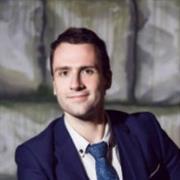 Talk Title:
Talk Title:
Date: 20 November 2024 at 12:00
Location: Blackett Lecture Theatre 1
Speaker: Dr Stefano Vezzoli
Abstract: Metamaterials have revolutionised the way we control light waves. By engineering light scattering on sub-wavelength scales, one can design exotic new materials and applications, like invisibility cloaks and negative refraction. Yet, static metamaterials only act on the momentum of light and thus are still bounded by Lorentz reciprocity and energy conservation. A dynamical metasurface, whose optical response can be arbitrarily modulated at the speed of light through a time-varying refractive index n(t), would offer access to the manipulation of the frequency spectrum and a whole new range of functionalities.
Here I will discuss our first steps towards optically driven metasurfaces for photonics, based on thin layers of Indium Tin Oxide, an epsilon-near-zero material with strong nonlinearities. I will report on our recent demonstration of double-slit time diffraction [Nat Phys 19, 999 (2023)], the first step towards the creation of more complex time modulations.
I will also present our first results aimed at coupling space and time in a time-varying medium: the observation of slits that diffract light both in time and space. This represents the basic building block for the generation of complex spatiotemporal modulations and the realisation of synthetic motion, which can be easily superluminal and can be used to test extreme gravitational predictions like Hawking radiation.
Biography: I am an experimental physicist working in the field of optics in the group of Prof. Riccardo Sapienza. I am currently a Research Fellow in the Light Community at Imperial College.
My main research interests are meta-materials that are structured in space and time, nonlinear optics and nanophotonics, i.e. the study of the interaction of strong light field with nano-structured materials. In the past I also investigated the emission properties of quantum dots, 2D and other exotic materials.
I did my Ph.D. in Laboratoire Kastler Brossel and Milan University in 2013, working on quantum dots as single photon emitters.
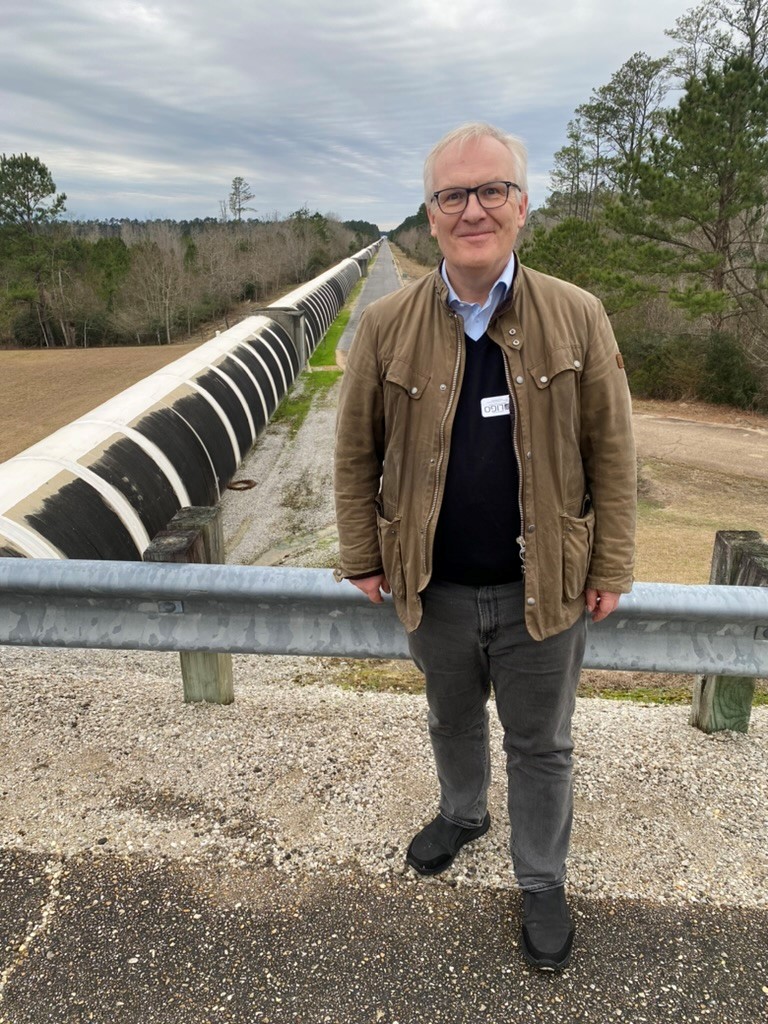 Talk Title: The Three Neutrino Ghosts of the Universe Past
Talk Title: The Three Neutrino Ghosts of the Universe Past
Date: 11 December 2024 at 12:00
Location: Blackett Lecture Theatre 1
Speaker: Prof Stefan Soldner-Rembold
Abstract: The preponderance of matter over antimatter in the early universe, the dynamics of the supernovae that produced the heavy elements necessary for life, the search for physics beyond the standard model – these mysteries at the forefront of particle physics and astrophysics are key to understanding the evolution of our universe. DUNE is an international neutrino experiment dedicated to addressing these questions as it searches for leptonic charge-parity symmetry violation, stands ready to capture supernova neutrino bursts, test the three-flavour paradigm and search for new physics. To achieve its science goals, it will employ the technology of liquid-argon time projection chambers at an unprecedented scale and precision. DUNE will comprise a far detector located at the SURF laboratory in South Dakota and a near detector close to the neutrino beam source at Fermilab near to Chicago. The colloquium will introduce the science and technology of DUNE and discuss the status of the international project.
Biography: Professor Stefan Söldner-Rembold’s research focuses on particle and neutrino physics. He is currently Head of the Department of Physics at Imperial College London and was previously Head of the Department of Physics and Astronomy at the University of Manchester. Söldner-Rembold graduated from the University of Bonn and received his doctorate from the Technical University of Munich in 1992, with a research fellowship of the Max Planck Institute. He received his Habilitation in 1996 at the University of Freiburg and was a Heisenberg Fellow of the German Research Foundation from 1999 to 2003, working at CERN.
Söldner-Rembold has been Spokesperson of several large science collaborations: from 2018 until 2022, he led the DUNE collaboration – currently the largest international science project based in the US. Previously, he led the DZero experiment at the Tevatron proton-antiproton collider, located at the Fermi National Accelerator Laboratory close to Chicago.
He is a Fellow of the American Physical Society and of the UK’s Institute of Physics; he received a Royal Society Wolfson Research Award, the James Chadwick Medal and Prize of the Institute of Physics, and the Max Born Medal and Prize of the German Physical Society. He has served on several advisory and review boards for funding agencies in the UK, the US and Europe, including the High Energy Physics Advisory Panel (HEPAP) advising the US Department of Energy and the NSF.
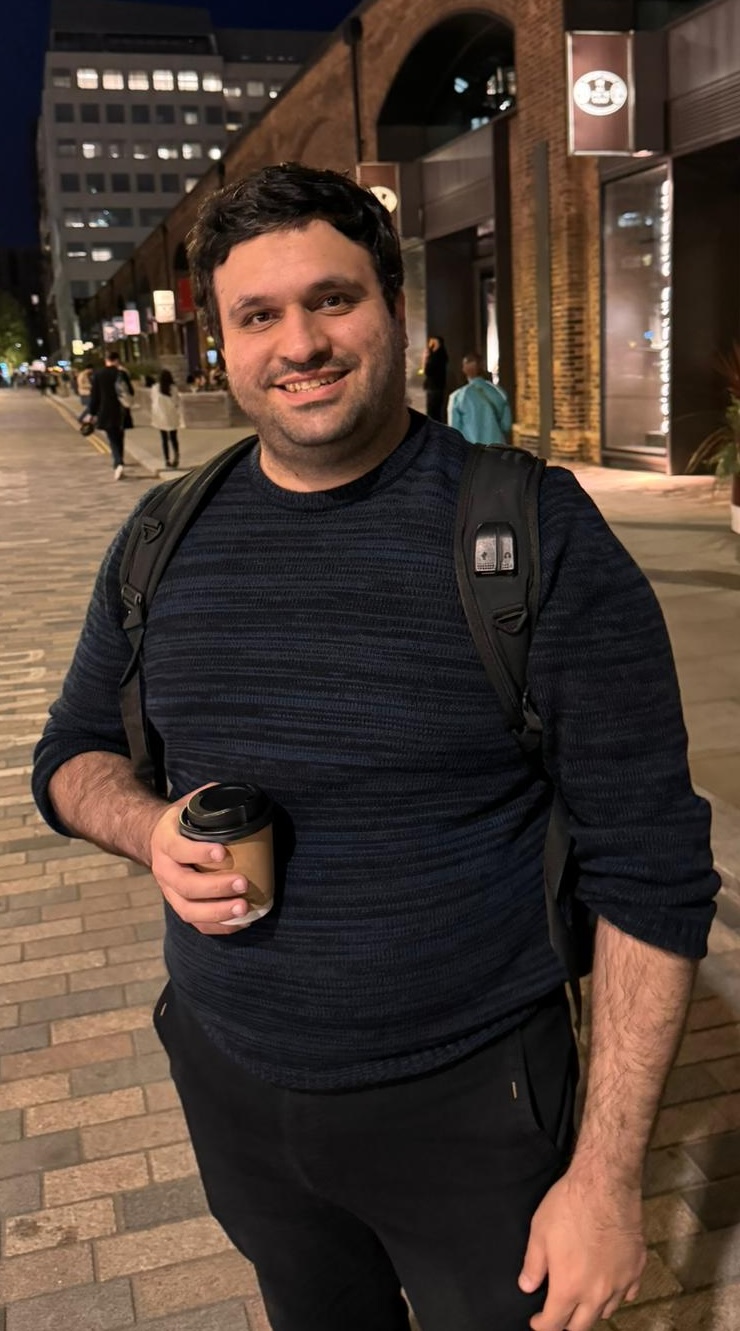 Talk Title: The Universe as a Laboratory for Fundamental Physics
Talk Title: The Universe as a Laboratory for Fundamental Physics
Date: 29 January 2025 at 12:00
Location: Blackett Lecture Theatre 1
Speaker: Dr Sadra Jazayeri
Abstract: Over the past two decades, observational breakthroughs in mapping the distribution of light and matter across the universe have provided mounting evidence that the cosmos emerged from a period of accelerated expansion known as cosmic inflation. During this inflationary phase, quantum fluctuations on microscopic scales were stretched to macroscopic sizes, seeding the formation of the cosmic structures we observe today—ranging from dark matter halos to clusters of galaxies. Crucially, inflation establishes a link between the distribution of matter on the largest scales and the correlation functions of quantum fields during this early epoch. These 'cosmological correlators' encode invaluable information about the fundamental laws of physics at energy scales around 10^14 GeV—far beyond the reach of any terrestrial or foreseeable space-based experiments. In this talk, I will explore how these correlators serve as windows into ultraviolet physics during inflation and review the ambitious observational program aimed at refining their measurements in the next decade.
Biography: Sadra's research lies at the intersection of high-energy physics and early universe cosmology, with a focus on the underlying physics during inflation. Throughout his career, Sadra has employed various theoretical tools from high-energy physics, including effective field theories, soft theorems, symmetries, and, more recently, innovative bootstrap methods to study the fundamental properties of cosmological correlators. In recent years, Sadra has made significant contributions to the cosmological bootstrap program, a novel approach to constructing these correlators by adhering to fundamental principles such as locality, unitarity, and analyticity.
Sadra was born and raised in Tehran and received his PhD in 2018 from the Institute for Research in Fundamental Sciences in Tehran. He moved to Cambridge, UK, for his first postdoc, where he spent two years, followed by another postdoc at the Institut d'Astrophysique de Paris in France. Since October 2023, Sadra has been a postdoctoral researcher in the theoretical physics group at Imperial College.
Talk Title: The impact of satellite constellations on astronomy
Date: 12 February 2025 at 12:00
Location: Blackett Lecture Theatre 1
Speaker: Dr Michael Peel
Abstract: The number of satellites in orbit has drastically increased over the last few years due to constellations of communications satellites such as Starlink and OneWeb: more satellites have been launched since 2019 than the whole of 1957-2019! Constellations are in low earth orbits, and can brightly reflect sunlight in evenings/mornings, causing issues for optical astronomy. They also transmit powerful radio signals, both intentionally and unintentionally, which affect radio telescopes - and they may also be thermally bright, impacting submm observations. This talk will give an overview of the topic, and the ways astronomers are working with companies to mitigate the problem, particularly through the International Astronomical Union
(IAU) Centre for the Protection of the Dark and Quiet Sky from Satellite Constellation Interference (CPS).
Biography: Mike Peel (www.mikepeel.net) is a postdoc at Imperial, working on sources and transient detection for the Simons Observatory cosmic microwave background project. He has previously been based in Manchester, São Paulo, and Tenerife, and works with a wide variety of radio astronomy projects. He co-leads SatHub, part of the IAU CPS, which is investigating the impact of satellite constellations on astronomical observations.
Talk Title:
Date: 26 February 2025 at 12:00
Location: Blackett Lecture Theatre 1
Speaker: Dr Mark Smith
Abstract: Indirect observation is a powerful method to discern new physics. The LHCb experiment at CERN's Large Hadron Collider precisely measures the properties of particles called B hadrons that are sensitive to potentially very heavy unknown particles. Such particles may be beyond the reach of current or future particle accelerators. A particular class of decays, known as electroweak penguins, are particularly susceptible to effects of physics beyond the Standard Model. Over the last decade several measurements of penguin decays have shown deviations from the Standard Model predictions, giving tantalising hints for the existence of new physics. In this seminar I will present recent results in the search for new physics using measurements of such decays.
Biography: Mark is a postdoctoral researcher in the Imperial High Energy Physics group, which he joined in 2016. Previously he completed his PhD at the University of Manchester. His research is in heavy flavour physics, which he pursues with data from the LHCb experiment at the Large Hadron Collider at CERN. He has been a member of the LHCb collaboration since 2011 and received an LHCb Early Career Scientist award in 2020. His primary interests are in semileptonic B decays and rare electroweak penguins.
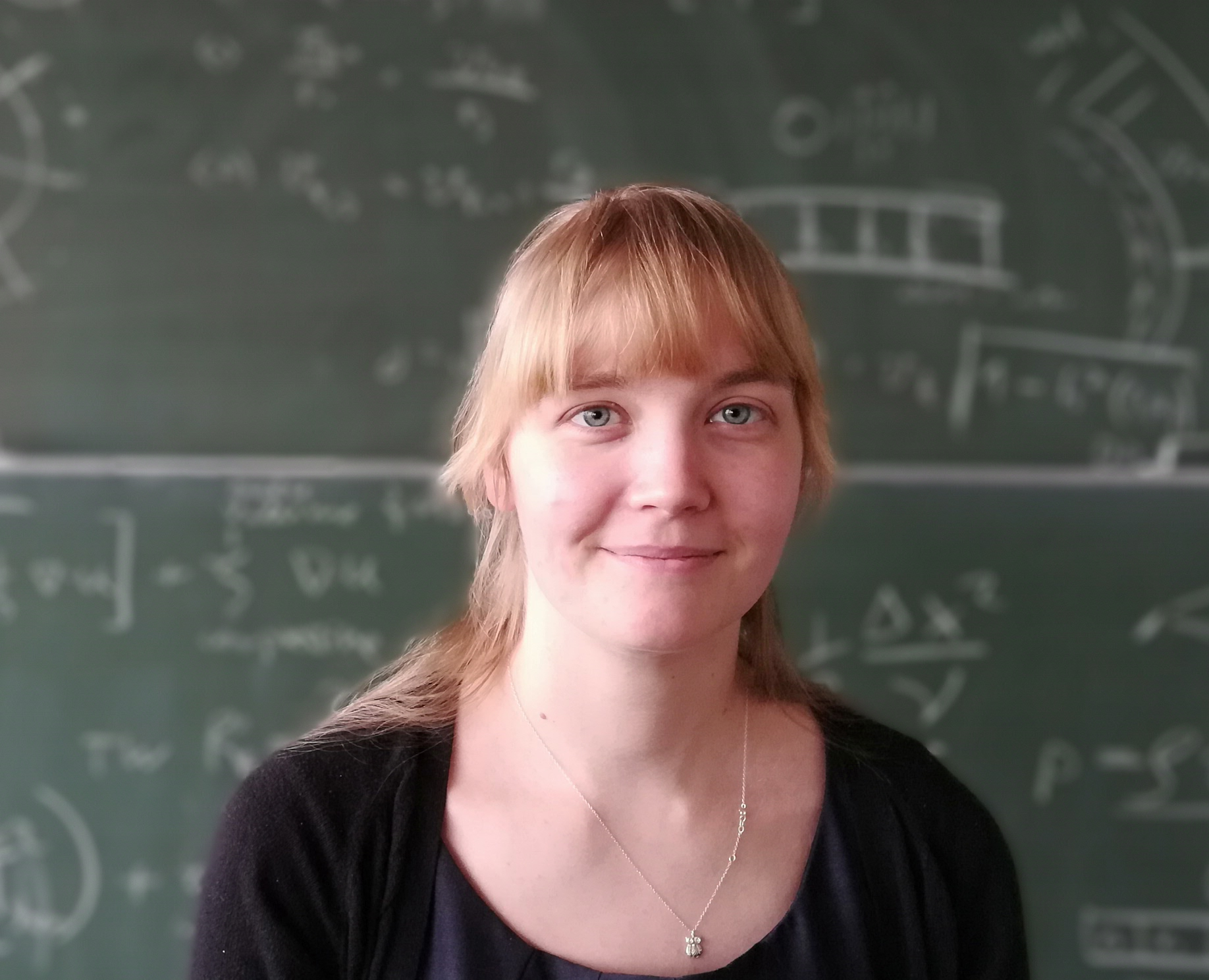 Talk Title: The orbital evolution of circumbinary planets - how Tatooine became a desert planet
Talk Title: The orbital evolution of circumbinary planets - how Tatooine became a desert planet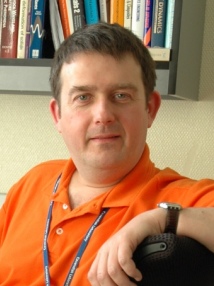 Talk Title: The Physics of Security and Resilience
Talk Title: The Physics of Security and Resilience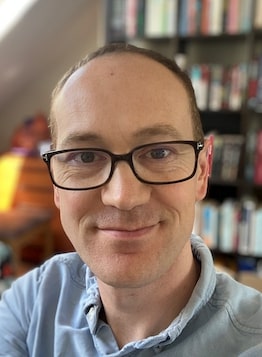 Talk Title: Hot Stuff
Talk Title: Hot Stuff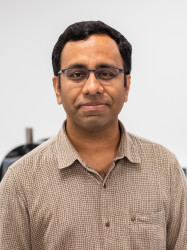 Talk Title: Superspintronics for next-generation information and quantum technologies
Talk Title: Superspintronics for next-generation information and quantum technologies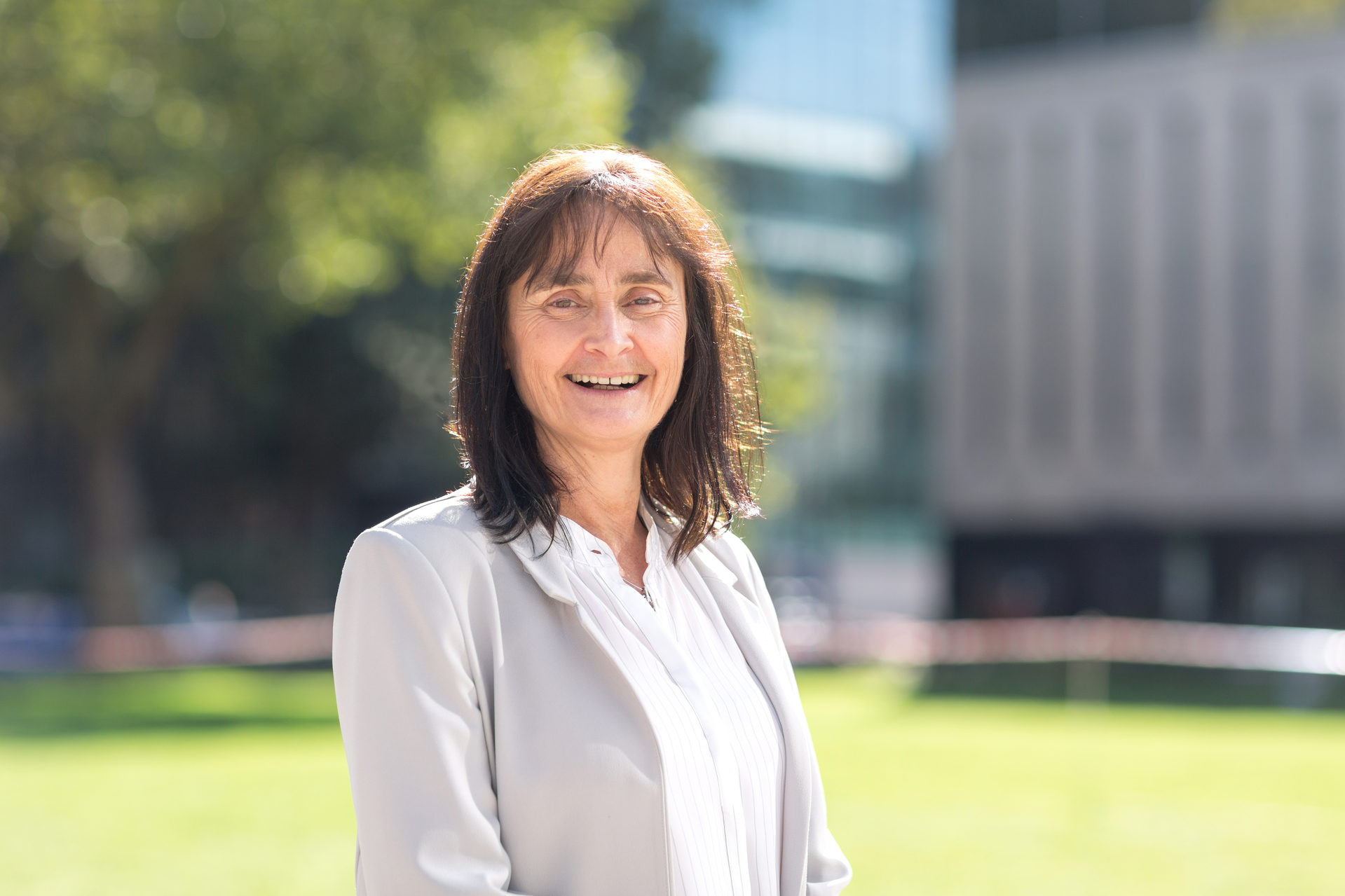 Talk Title: JUICE, the ESA spacecraft mission to Jupiter’s icy moons
Talk Title: JUICE, the ESA spacecraft mission to Jupiter’s icy moons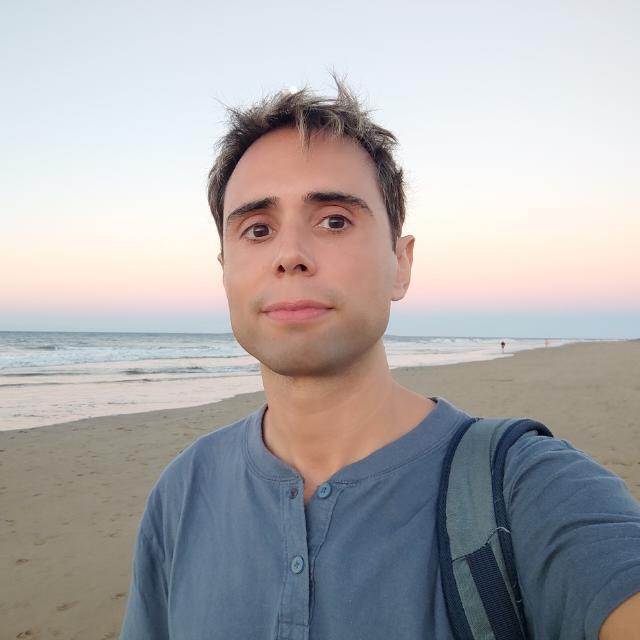 Talk Title: Distinguishing between left- and right-handed molecules using tailored light
Talk Title: Distinguishing between left- and right-handed molecules using tailored light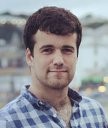 Talk Title: Nuclear Fusion: A Year of Ignition
Talk Title: Nuclear Fusion: A Year of Ignition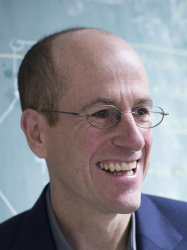 Talk Title: Black Holes and Quantum Spacetime
Talk Title: Black Holes and Quantum Spacetime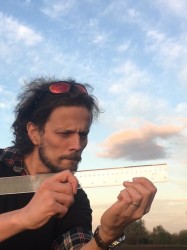 Talk Title: Clouds in the Earth System - the impact of pollution
Talk Title: Clouds in the Earth System - the impact of pollution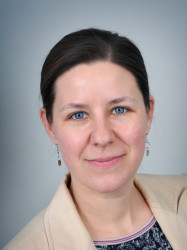 Talk Title: Imprints of birth: how the birth cluster can affect stars and planetary systems
Talk Title: Imprints of birth: how the birth cluster can affect stars and planetary systems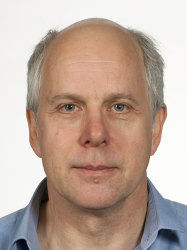 Talk Title: LhARA; a step on the way to precision, personalised particle-beam therapy
Talk Title: LhARA; a step on the way to precision, personalised particle-beam therapy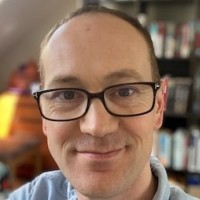
 Talk Title: Nuclear Fusion: Bringing Star Power to the Lab
Talk Title: Nuclear Fusion: Bringing Star Power to the Lab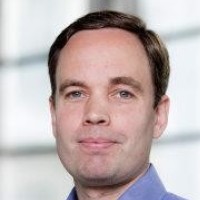 Talk Title: The Mystery of Missing Magnetic Monopoles
Talk Title: The Mystery of Missing Magnetic Monopoles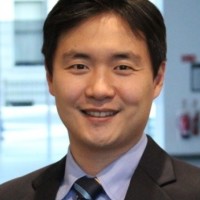 Talk Title: Revealing undiscovered forces using an array of ultracold molecules
Talk Title: Revealing undiscovered forces using an array of ultracold molecules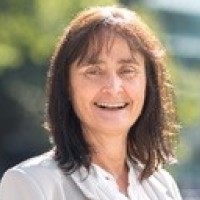 Talk Title: The Cassini Spacecraft Mission at Saturn
Talk Title: The Cassini Spacecraft Mission at Saturn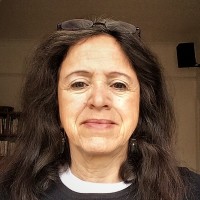 Talk Title: Superconducting Spintronics
Talk Title: Superconducting Spintronics Talk Title: Exoplanets: Searching for Habitable Worlds Beyond our Solar System
Talk Title: Exoplanets: Searching for Habitable Worlds Beyond our Solar System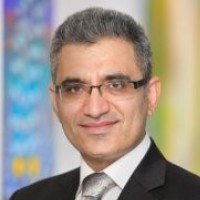 Talk Title: Dynamics of two mutually coupled semiconductor lasers in an integrated Photonic circuit
Talk Title: Dynamics of two mutually coupled semiconductor lasers in an integrated Photonic circuit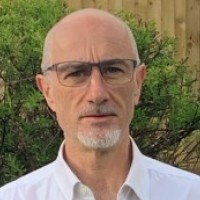 Talk Title: Development of advanced microscopy techniques for biomedicine
Talk Title: Development of advanced microscopy techniques for biomedicine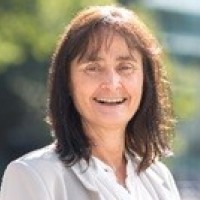 Talk Title: The Cassini Spacecraft Mission at Saturn
Talk Title: The Cassini Spacecraft Mission at Saturn Talk Title: Theory and simulation of materials: understanding and designing materials from the atomic scale up
Talk Title: Theory and simulation of materials: understanding and designing materials from the atomic scale up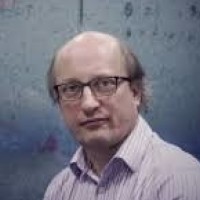 Talk Title: Phosphine Gas in the Cloud Decks of Venus
Talk Title: Phosphine Gas in the Cloud Decks of Venus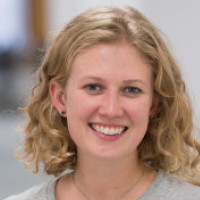 Talk Title: Artificial Quantum Matter
Talk Title: Artificial Quantum Matter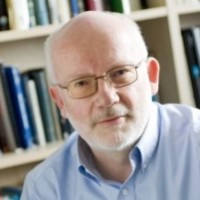 Talk Title: Modelling Burning Thermonuclear Plasmas
Talk Title: Modelling Burning Thermonuclear Plasmas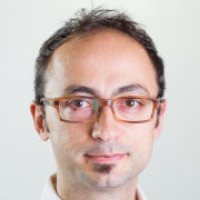 Talk Title: Unconventional Laser from Nanostructure Materials
Talk Title: Unconventional Laser from Nanostructure Materials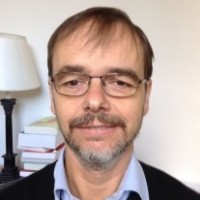 Talk Title: Solving the Many-Electron Schrödinger Equation with Deep Neural Networks
Talk Title: Solving the Many-Electron Schrödinger Equation with Deep Neural Networks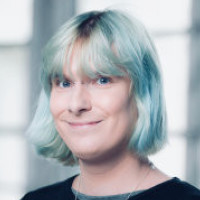 Talk Title: Exploring the Complex Problem of Plasma Turbulence from Space
Talk Title: Exploring the Complex Problem of Plasma Turbulence from Space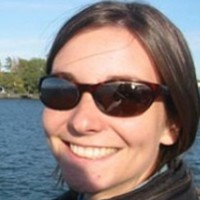 Talk Title: Evaluating greenhouse gas emissions using atmospheric measurements
Talk Title: Evaluating greenhouse gas emissions using atmospheric measurements 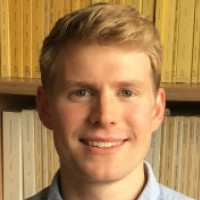 Talk Title: Advancing biomedical imaging using nonlinear fibre optics
Talk Title: Advancing biomedical imaging using nonlinear fibre optics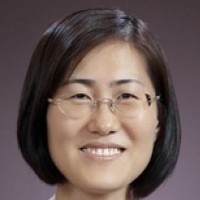 Talk Title: Hard Electronics with Soft Processable Materials
Talk Title: Hard Electronics with Soft Processable Materials